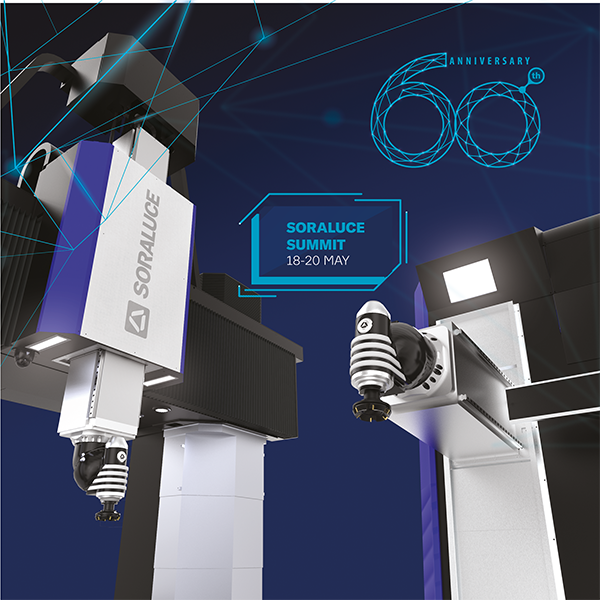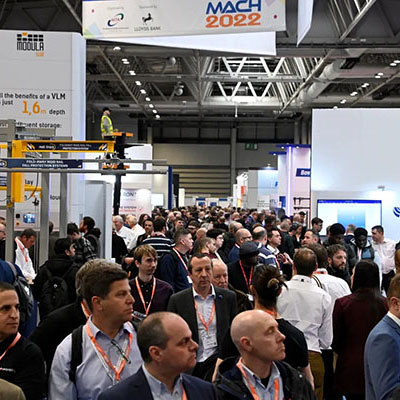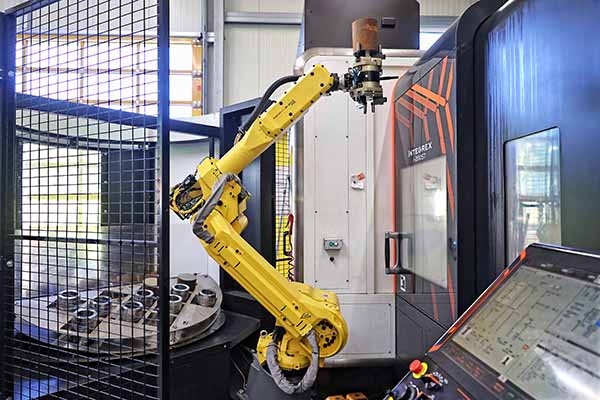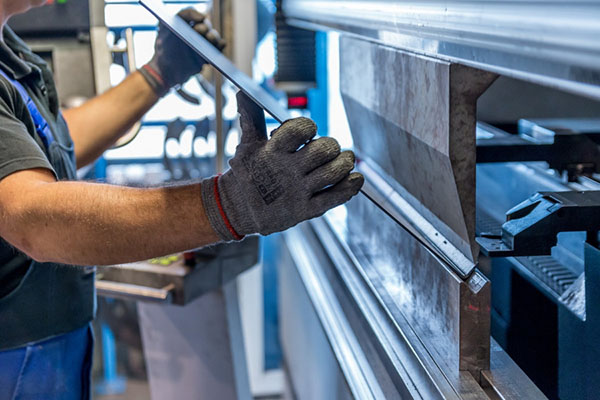
Visitors to Subcon 2022 (7-9 June, Birmingham NEC) can enjoy over 30 hours of free conference sessions led by industry experts discussing the key issues and trends that are driving innovation and shaping the UK’s industrial landscape in 2022. Sessions will extend from the latest developments in key technology areas such as hydrogen mobility, electrification and nuclear fusion, to keynote insights on automation, finance and engineering skills.
Speakers confirmed this year include: Dave Short, technology director at BAE Systems; Ian Whiting, commercial director at the UK Battery Industrialisation Centre; Tony Langtry, head of mechanical engineering at Tokamak Energy; Hugo Spowers, founder of Riversimple; Professor Ric Allot, director of business development at STFC; Chris Tuck, professor at the University of Nottingham; Nick Hawker, CEO and co-founder of First Light Fusion; and Martin Little, commercial director of the Rail Alliance.
For further information www.subconshow.co.uk























